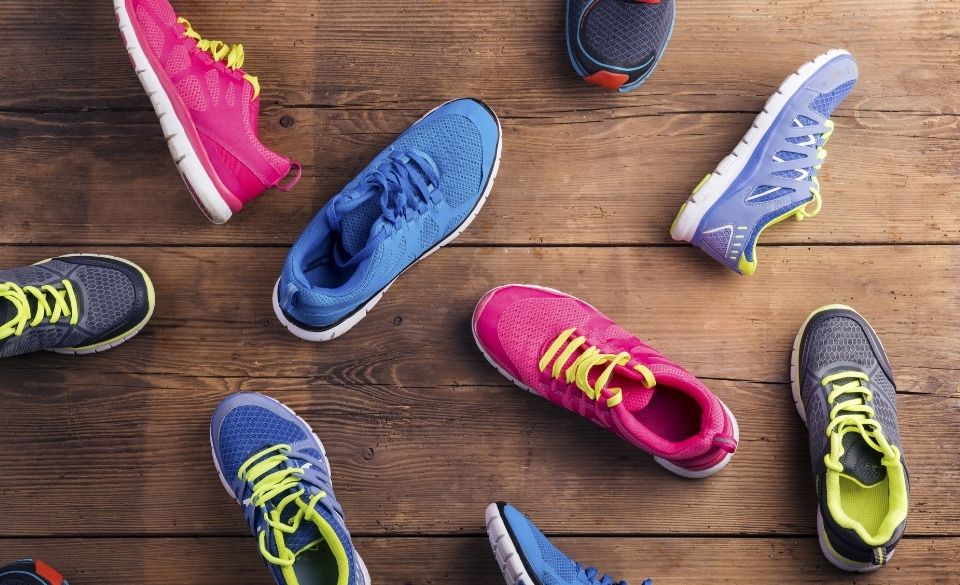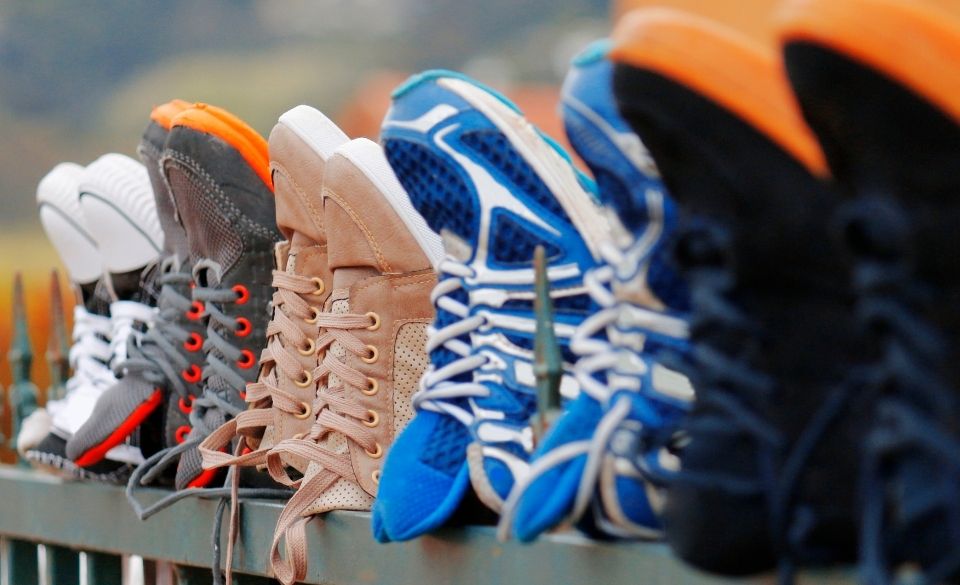
How To Dry Running Shoes – What You Should Know!
We know how frustrating it is when your shoes look like they’re ruined only after a few runs. They lose shape and start to crack along the seams and soles. However, you never know when your running shoes might get soaked with sweat or water, so it is important to make sure you clean and dry your shoe’s when not in use.
You might think it’s not worth the effort to dry your running shoes, but there are many reasons why you should. Rubber in your shoes can become brittle and crack over time, as well as the possibility of infection and loss of shape.
In this article, we show you how you can dry your shoes in a fast and safe way. We also help prevent your running shoes from being destroyed from mould, sweat, and dirt by showing you how to look after them correctly.
Why Should You Dry Your Running Shoes?
it is important to keep your feet dry when you are out running. That’s why if you have been running in the rain you should always have a second pair. That way you can give them ample time to dry. This may require using a towel to dry your shoes or even filling them with newspaper. Either way, let’s look at why you should dry your running shoes.
1. You should dry your running shoes properly to avoid any risk of athlete’s foot and fungal infection. Whether you are a newbie or an avid runner, running in damp shoes can cause a range of itchy fungal skin infections. These can often get infected and prevent you from training for some time.
2. Drying your running shoes will help prevent damage to the last and sole of the shoe. Some people take good care of their shoes while others forget about it altogether. Drying and cleaning your shoes will help them to last longer and help prevent blisters or chafing from wet materials.
3. Your running shoes must be dried properly to prevent blisters and other skin-related injuries. It will also help prevent friction within the shoe that causes hot spots and rubbing.
4. If shoes aren’t dried correctly before running it can affect the structure of the shoe. Running in wet shoes can stretch the upper and change the shape of the last.
One of the best ways to dry your running shoes is with an air drier. Air driers designed for shoes don’t overheat the shoe and prevent the shoe from cracking when being dried.
It is essential to not leave your shoes out in direct sunlight. This can cause the material in and outside the shoe to discolour and sometimes even crack. However, this doesn’t happen often, but the heat in summer when above 30degs may speed up the process.
Another critical step is ensuring that your shoes are completely dry before putting them away to not retain any moisture from the outside environment. Let’s discuss the ways to dry your running shoes in more detail below:

How To Dry Your Running Shoes?
Without proper care, your running shoes can become smelly, wear down quicker, and can also lead to foot infections. To prevent this, make sure that you dry them promptly after running in wet weather. With that being said, it is essential to know how to dry your running shoes properly to prevent damage.
Here are some great tips on how to make your wet running shoes dry by the morning.
Increase Air Circulation
In order to dry shoes faster, air circulation is needed. By removing the insoles and loosening the laces, you will allow the air to deeply reach the hidden parts of your shoes. It will also help prevent any stretching or compression of the shoe’s last.
Remove Dirt From Your Shoes
Muddy, wet, and smelly shoes are prone to cause fungal infection in the feet if left unclean. To avoid this use a toothbrush or hand brush to remove as much mud and stains as you can.
Use Old Newspaper
It can take a long time to dry a pair of soaked running shoes by just letting the air circulate through them. Therefore, you will want to use a different method for faster results.
One effective way is to crumple and place old newspapers inside the shoes. This helps act as a super absorbent, speeding up the drying process as well as soaking up any bad smells.
Then once the shoes have dried, remove the newspaper to help increase airflow around the shoe.
Here’s how to do the trick:
Use a few sheets of newspaper or paper towels and stuff inside your shoes. Then leave for a few hours. During this time make sure your shoes are stored in a well-ventilated area and away from direct sunlight.
After 1 hour, check to see if the newspaper needs replacing. Ideally, you should be replacing the paper towels or newspaper every hour. Doing so will help limit any odor from forming during the drying process.
Once you think the shoes are close to being fully dry, use an air drier for the final part. This will speed up the process and dry any areas missed by the paper.
Note- Try not to get your shoes stained with ink from newspaper pages. They may leak onto the surface of your shoes are of lighter color.
Fan It Out
Sweat doesn’t have to ruin your favourite pair of running shoes. If you’re in a hurry, you can try to dry your running shoes overnight with a fan.
Start by placing the shoe and insole in front of a high-speed fan. You can put the fan close enough that it blows air on them, but don’t put it too near as it could move or knock things over. The air will penetrate the shoes and allow them to get dry quickly.
Note: It is better to do this method by table fan. If you only have a ceiling fan, try placing your shoes in the tallest area of the room.
Store Your Shoes In A Dry Place
No matter how hard you try, your shoes may remain damp or moist. However, you can usually prevent this by storing them in a dry place.
Always make sure to leave your shoes where they won’t be exposed to moisture or humidity. This can minimize the chances of the shoes getting mouldy and fungus developing.
As tempting as it is to use a clothes drier, don’t! Doing so can cause the upper to lose shape, and prevent any glue in the shoe from sticking. And in some cases, it can shrink the shoe if the temperature is too high.



